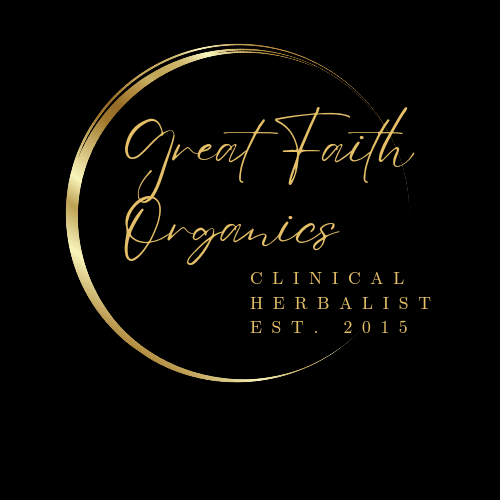
|
The more we know, the better choices we can make. |
I have noticed recently, that herb and natural plant ally interest is growing. It is often thought that all things natural have no potential side effects nor pose any risks. This simply isn’t true. It is my goal to provide my customers with safe Information.
I want to talk about one herb that is a heavily used “winter” herb. A lot of people call for Echinacea to be taken throughout cold and flu season, as a preventative measure. Echinacea has generally been hailed as a great herb to address colds.
Echinacea is referred to as the American coneflower. It is a beautiful, herbaceous flower in the daisy family. The flower secretes a chemical that prevents the growth of competing plants around it. It really is a fascinating flower.
Native Americans used Echinacea for hundreds of years before the arrival of European explorers. They used it extensively for medicinal purposes. It became popularized in the 1920s by a single Swiss supplement maker who mistakenly understood that it could prevent colds, and that Native Americans used it for that purpose. HOWEVER, Native Americans did not use Echinacea to treat or prevent colds. Native Americans referred to the coneflower as “elk root” because they learned to use Echinacea by watching elk eat the herbaceous flower when they were wounded.
It has been used by some tribes to help ease a sore throat or a headache. The Lakhota (Lakota) said it was an excellent pain killer. During the 19th century and early 20th centuries it was used for treating anthrax infections, snake bites, and as a pain reliever.
Conflicting studies have shown that it helps ease the common cold by only 1.4 days where other studies have shown that it has no significant impact on the common cold at all. Studies done in the mid-1990’s, were all sponsored by echinacea manufacturers and marketers and were not considered to be of high quality.
It is recommended that Echinacea NOT BE TAKEN for more than 8 weeks at a time. However, my master herbalist instructor says that it shouldn’t be used for more than 10 days at a time because it loses its effectiveness and the chance of side effects increase. If you are taking it daily during cold and flu season as a preventative from October through February, then you are taking it at a minimum for 22 weeks.
Echinacea is possibly safe when taken by mouth, short-term for children ages 2 to 11. However, a small percentage of children may experience a rash due to an allergic reaction. There is some concern that allergic reactions to echinacea could be more severe in children. For this reason, some regulatory organizations have recommended against giving echinacea to children under the age of 12. It is unknown if the herb is passed through breast milk.
A total of over 56 drugs have been reported to have minor interactions with Echinacea, including caffeine. Echinacea may also change how the body metabolizes many drugs that go through the liver. These are somewhat complicated interactions that can lead to side effects or reduced effectiveness of your medicine. Always check with your physician or pharmacist.
Common side effects of Echinacea can include nausea, vomiting, stomach pain, diarrhea, fever, sore throat, muscle or joint pain, unusual or unpleasant taste in the mouth, dry mouth, numb feeling in your tongue, sleep problems, headache, dizziness, & confusion.
A man with a long history of asthma and hay fever developed hypereosinophilia and very elevated IgE associated with abdominal cramps and occasional nausea and diarrhea for 3 years, it began and ended with an echinacea supplement he had been taking. Treatment with prednisone was finally able to be tapered off after he discontinued the echinacea which was suspected of causing an IgE-mediated allergic response.
With very little evidence pointing to its effectiveness against colds and flu, I do not believe that it is worth the risks of long-term use. I do believe that Echinacea is still a phenomenal herb, when used in its proper application. It can be a powerful plant ally when addressing yeast infections, urinary tract infections, and external wound healing.
|
Echinacea is a great plant ally, but I do not believe the benefits outweigh the risks where cold and flu viruses are concerned. This is my opinion. You must take the information and choose what’s best for you and your family.
|
|
|
Sources: WebMD, drugs.com, rxlist.com, Medical News Today and Herbal Contraindications & Drug Interactions plus Herbal Adjuncts with Medicines FOURTH EDITION





